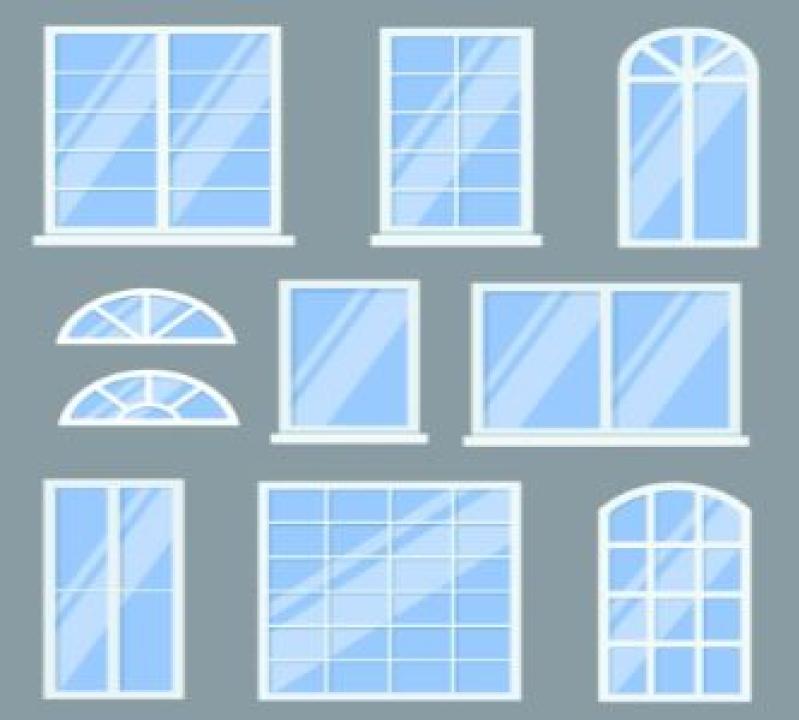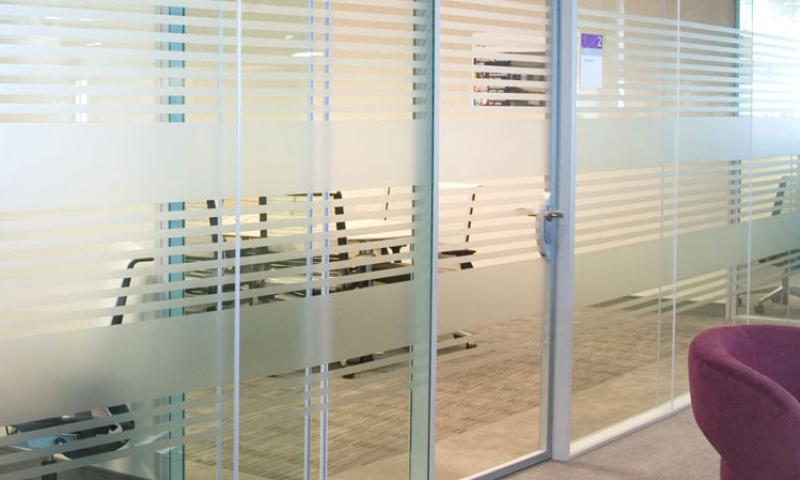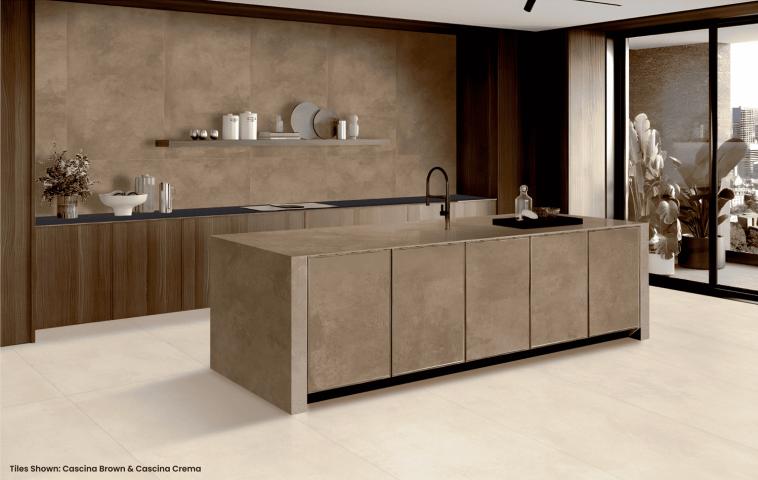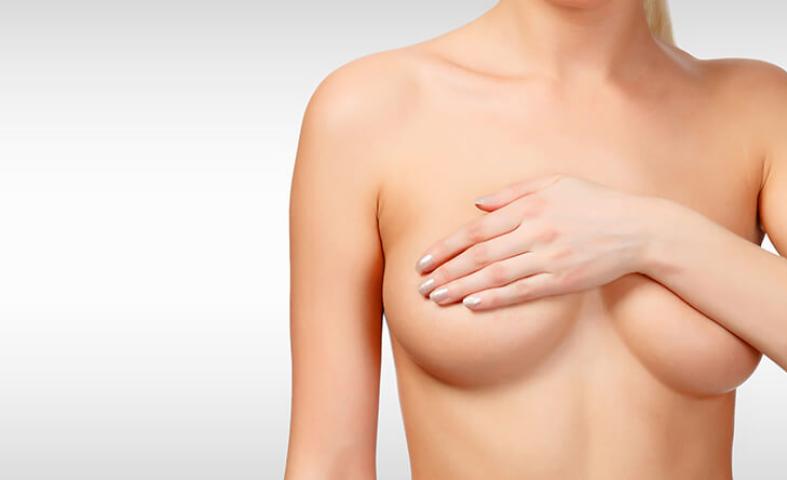Introduction:
A window is not just an opening through which light and air enter the home; it is a component of the home that affects its design and functionality as well as can influence the value of the home.
Selecting the windows means that the three factors, that are the look, performance, and price of the windows should be considered. Here, you will find a step-by-step approach to what you need to know before choosing the right windows for your house.
Also Read : Door and Window Takeoff Sheet
Understanding Window Types:
Just like choosing the right products for a house the first consideration is to identify the available types of window. Each one is specific in its advantages and is most appropriate for particular segments of your house.
- Single-Hung and Double-Hung Windows: Single-hung windows feature a stationary top sash, and the bottom sash opens while double-hung windows open both sashes to be slid up and down. Double-hung windows are altogether more flexible as they allow for better airflow and are simpler to clean.
- Casement Windows: They are opened on one side like a door. These types of windows are mostly hinged from one side. These have minimal obstacles which allows for clear vision and also come with good airflow. Casements are also of high energy efficiency as when closed the sash pushes and fits against the frame.
- Sliding Windows: These are the sliding windows that move on a track from left to right or from right to left. These are suitable for rooms where you wish to have a large area of glass and where operation is not very frequent.
- Awning and Hopper Windows: The opening direction of awning windows is outwards while on the other hand; hopper windows can open inwards with bottom hinge. Both are used for ventilation, and the common use of both is observed in basements, and bathrooms.
- Bay and Bow Windows: Bay windows are made of three windows propped from the outer facade of the house, but bow windows are bent with four or more. The two build a high focal point in habitation and also amplify the square footage within it.
- Picture Windows: These are usually big non-changeable windows that provide wide and unobstructed views of the surrounding and most light in a room can enter through them. Nevertheless, they do not open, so they are commonly combined with other window varieties for the purpose of ventilation.
Also Read : DESIGNING A FUNCTIONAL AND STYLISH MODULAR KITCHEN
1.Material Matters: Choosing the Right Frame
Another property of the windows is that they are also framed, and the choice of material for the frames affects the durability of the windows, their maintenance requirements, and the energy efficiency of the property. Here are the most popular options:
- Wood: Wood windows provide the traditional and the most elegant look. It’s quite durable and an excellent insulator, but the wood has to be properly maintained to avoid cracking, rotting and other effects of harsh weather conditions. Modern wooden windows are protected against decay to require painting or staining to suit interior décor.
- Vinyl: Vinyl windows are quite cheap, easy to maintain and offer privacy and security to those who are using them. They do not necessitate painting and they can withstand moistness and hence can be used in areas of high humidity. But they come in a few colors and they aren’t even flexibly coloured.
- Aluminum: Aluminum windows are rigid and have a low density; they are lightweight and can endure hard-wearing. They are stylish and contemporary-looking but are not very friendly to the environment because they are poor insulators of heat and cold.
- Fiberglass: Fiberglass windows are neither prone to scaling nor do they pit, making them very durable and require very little maintenance while their insulating properties make them polar handy. They can be painted and give the appearance of wood but they are more durable in the face of weather and extreme temperatures.
- Composite: There are a whole lot of composite windows that consist of different materials or a combination of different materials like wooden, vinyl etc. They are energy efficient, long-lasting and offered in a synthetic material that resembles actual wood but with none of the required upkeep.
2. Energy Efficiency: Save Money and Stay Comfortable
Energy-efficient windows are insulators and prevent heat loss during winters or heat gain during summers, and hence, should be an important consideration when it comes to selection of the windows.
- Low-E Glass: Low-emissivity (Low-E) glass is a kind of glass with a special layer which reflects heat but passes the light. It can prevent your home being hot during summer and cold during winter because you do not use the heaters and the air conditioning units.
- Double or Triple Glazing: They are windows made of two separate layers of glass with a gap in between used for possessing air or other gasses such as the argon. Triple-glazed windows are those in which the glass layers are three; these are even more effective in terms of insulation. There are those kinds of windows that cut down heat conducting and contribute to noise exclusion from the external environment.
- Gas Fills: Secondary glazing could also be of; double or even triple glazing where the gap between the panels can be installed with inert gasses such as argon or krypton. These glasses are better insulation than air and therefore they increase the window’s energy conserve.
- Window Spacers: It is the barrier that is found between the two or three layers of glass in double or triple insulated glass. In this case, warm edge spacers can be of foam rubber or any other material that will minimize heat transfer and condensation.
















